"Bridge" is a common position of the body executed in a barre fitness class to work the glute and hamstring muscles. Throughout our instructor training weekends we've received a handful of questions from trainees regarding optimal body alignment. We dug a bit deeper in to the top three questions and share our thoughts with you here.
1. Articulation vs. Hinge
When lifting and lowering the hips, do you articulate/roll through the spine or simply hinge at the hips?
Whether or not you articulate or hinge up/down should not impact the glute work. Glute muscles are ideally turned off until one reaches full hip extension. Turning off the glutes makes the body rely more on the strength of the lower portion of the abdominals and low back. This gives the body an opportunity to tap in to the internal muscles, not just the external (glutes).
What do we prefer?
While there is a benefit to articulation (spinal stretch and pelvic movement) barre is typically taught in a group fitness setting at a quicker pace. We choose the hinge approach because it allows us to get a group of participants in position without the confusion of additional movement of the hips and spine.
2. Spinal Flexion vs. Spinal Extension
When the hips are extended is the spine extended or flexed?
To obtain the maximum amount of glute effort hips are extended and spine is flexed. This is not however optimal for body function. To obtain the most optimal body position (while still effectively working the back body) hips are extended and spine is extended; now providing the opportunity to work the spinal extensors.
What do we prefer?
While we appreciate taking every opportunity to burn and fatigue the glutes, we choose spinal extension when hips are extended. We love the idea of working in your optimal body position and strengthening the whole back of the body vs. simply the glutes and hamstrings.
3. Ribs Low vs. Ribs High
When the hips are extended should the rib cage be flat on the ground or lifted?
With the rib cage elevated off the ground greater spinal extension is achieved and therefore greater range of motion through the hips and spine. When the rib cage is low and closer to the ground the hips are also lower. Working in this low position can aid class participants in maintaining proper alignment throughout a long bridge series and keep tension out of the neck and low back.
What do we prefer?
We choose ribs low and hips low. Again, it's a group fitness setting. Cueing to lift the rib cage off the ground opens ourselves up to hips not being able to be extended to the equal elevation therefore the rib cage opens and tension forms in the low back and neck.
As instructors, as long as we understand the why, the fitness level of our class participants, and the cues to get the body where it needs to be, there is more than one option for bridge work. Choose what works best for you as an instructor and what can realistically be accomplished when teaching a group fitness class.

